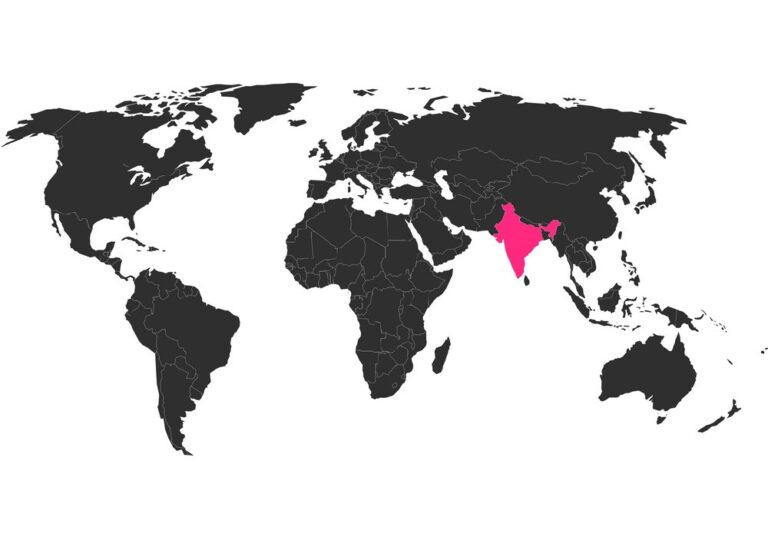Let's break some myths around chocolate gifting
Manu Bhatia Jaswal
Storyteller & Community Architect @ SprintStudioAI
India is about many Indias, with so many different dimensions and challenges, globally tested frameworks and approaches just bite the dust. So, capturing fascinating learnings from real marketers who cracked the marketing code is an eye opening exercise.
Such a two-part series, Bajaj’s Extra Tadka, unlocked many insights. Here are my key takeaways.

It is time for knowledge transfer from India to the world
From a place of anglicizing and adapting from the west, India’s marketing prowess has reached a point where learnings can be carried to the world. Brands such as Bingo, Maruti, Maggi, among many others have created engaging and successful narratives specific to India. Their success is testament to India’s evolving marketing approach as well as its success.
India’s diverse cultural nuances
India is a true contradiction to the “one size fits all” approach. A keen eye for cultural nuances and tailoring marketing accordingly is a learning across brands. Language, climate, food habits, festivals, etc. are some such nuances that make different regions unique, and should apply to marketing strategies as well.
The value matters to Indian consumer
The Indian consumer lives by the “Dil Maange More” mantra. The Indian consumer is constantly asking for the bang for the buck whether it is the functional aspects of the product or the emotional connect.
The speakers shared interesting insights on gifting with respect to chocolates.
Study “who your REAL shopper is?” It might bust a few myths
Sharing his experience at Cadbury’s, Saurabh mentioned that while Celebrations was originally meant to replace the “cash” gift on Rakhi, a deep dive into buying behavior brought out that it was not the brother who was buying Celebrations but the mother or sister. A stunning insight under the nose that Celebrations was replacing the ‘mithai’ and not the cash. This pivoted the brand to become the ‘modern mithai’ rather than hide the chocolate in colorful boxes as a gift. Do check out the ‘Shararat campaign’ where Celebrations pivoted and chocolates were shown as proactive choices to mithai.

Novelty does not always translate into incremental business
It is very intuitive to believe that ‘novelty’ drives consumer purchase. In line with this thought, Celebrations was adding five new packs every year. At a given point, Cadbury Celebrations had 26 SKUs. It was available in every shape, size and design. When asked what is really important to consumers, research revealed that shape, size and design were much lower in hierarchy. This led to rationalization of SKUs over the next four years and sales doubled. Counter intuitive, isn’t it? Think again, simplification in assortment led to stronger visibility and identity in-store and simpler execution across stores.
Improving access points
The speakers discussed the very interesting case of Ferrero Rocher on how their mix is so well crafted. It is a premium product with smooth hazelnut cream, crunchy wafer shell sprinkled with nuggets on top. First, it anchored itself to Indian mithai by calling it the ‘golden laddu’ and then they introduced a smaller pack size to drive penetration through affordable price points. Reiterating the advantage of simplification, one product multiple pack sizes massively reduces the complexity of in-market execution.
Did you know that Toblerone, the world’s favorite Swiss chocolate is available in 160 countries but has only 4% market share in Switzerland.
The marketing world is full of such unexpected surprises and learnings!
Join the Shuddh Desi Marketing conversation on Mentza with Uday Kiran and Shaveta every Sunday at 1 pm for more such interesting insights.
Speakers
Uday Kiran, Brand & Story Consultant

